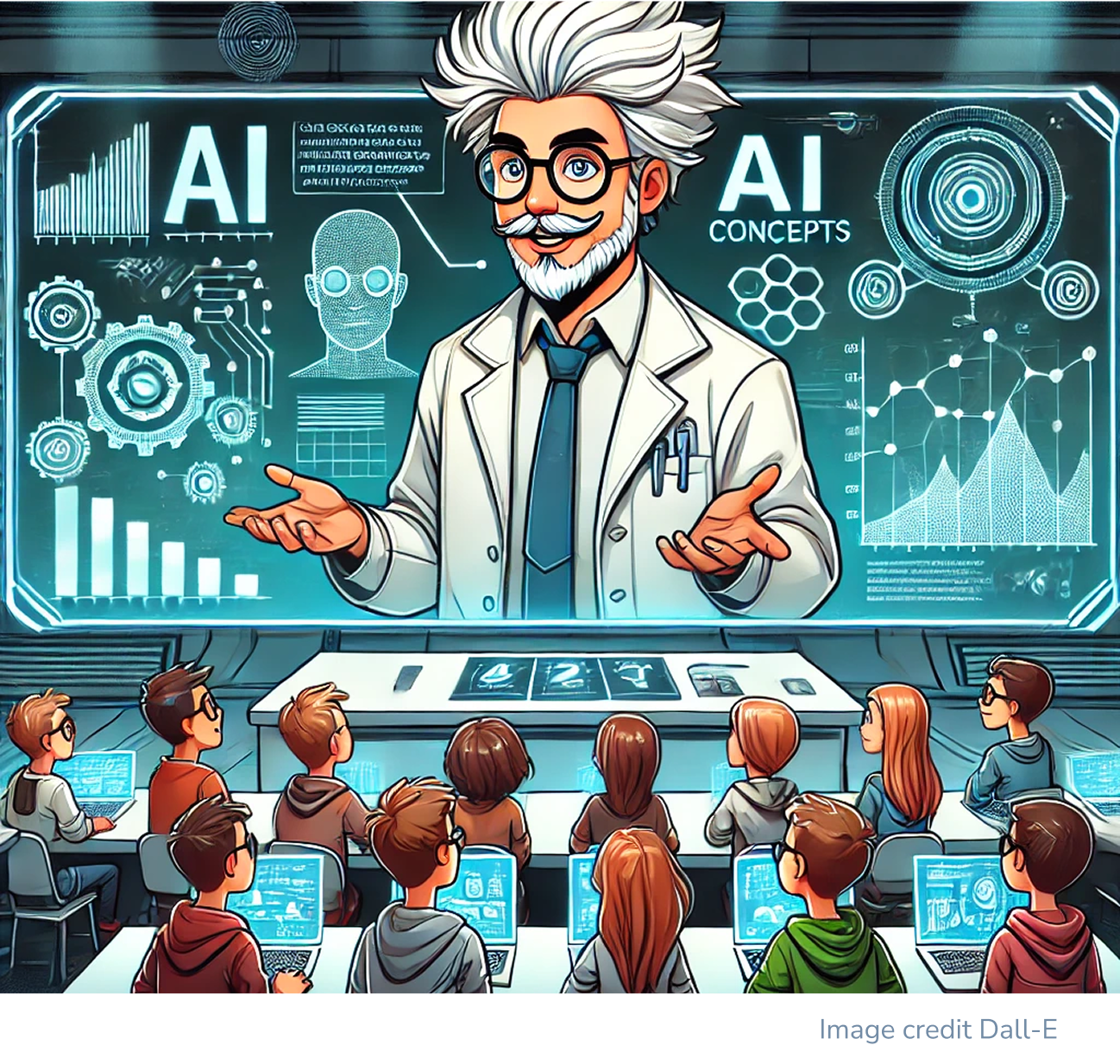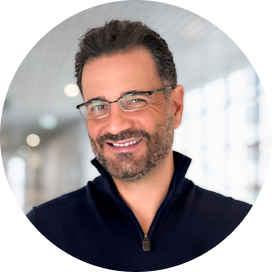what a solo ai project predicted in an evolving market

West Cary Group Executive’s #1 Featured GPT Forecasts OpenAI’s Newest Release.
Before his app hit ChatGPT’s top featured spot in 2024, Mike Benjamin began with a problem, one that led him down the same path as OpenAI’s newly launched research model — but months ahead.
As West Cary Group’s VP of Experience Design, Mike’s repetitive research process was slowing his workflow. As a patent holder and an award-winning UX designer, he saw an opportunity here to develop an automated AI tool that worked for its human user — at first, just himself. But what he didn’t see was that his GPT would go on to work for over 400,000 other users and hit a market bullseye.
As it turns out, experiences designed with human usability in mind land ahead of the curve, even ahead of giants like OpenAI.
a forward-thinking approach
The latest in an accelerating wave of innovations, OpenAI’s Deep Research is set to automate how STEM researchers worldwide gather and analyze data, compared to the smaller niche of Mike’s GPT. However, what both models have in common, how they calibrate to users’ implicit needs, is where things get groundbreaking.
“Whether for academic research, market datasets, or beyond, there’s a continuous push to streamline workflows,” said Mike. “At the time, I saw a need in the market, a limitation in the platform, and then OpenAI identified the same shortly after.”
It wasn’t intentional that Mike’s personal research tool expanded to thousands of users and predicted OpenAI’s market-leading solution for millions more; it was by design — human-centered design, that is.

Through this framework, his GPT engages the user, researcher, and person behind both with more usability from less input. Mike’s understanding of what humans like himself aim to get out of AI and his design perspective on how they work with such tools, even outside of his niche, laid the blueprints for his intuitive, effective, and adaptable GPT.
So, it’s no coincidence that, by approaching AI from the lens of user needs, Mike gets a clear read on the market’s needs and where its leaders like OpenAI might be headed next.

what’s next?
As new AI tools roll out weekly, Mike stays ahead of the game by focusing on what’s constant — the user.
“We’re seeing an evolution from what AI tools can do to what users can do with them, from stand-alone capabilities to entire ecosystems,” said Mike. “While features like image generation or voice interaction are rapidly improving, the next step in usability will be how they all can frictionlessly fit into each human user’s unique workflow.”
In his work at West Cary Group, Mike continues to stay ahead of trends, designing digital experiences that do more for users and go further for customers.
Let’s talk about how Mike Benjamin and his team at West Cary Group are driving innovative usability in digital experiences today.
